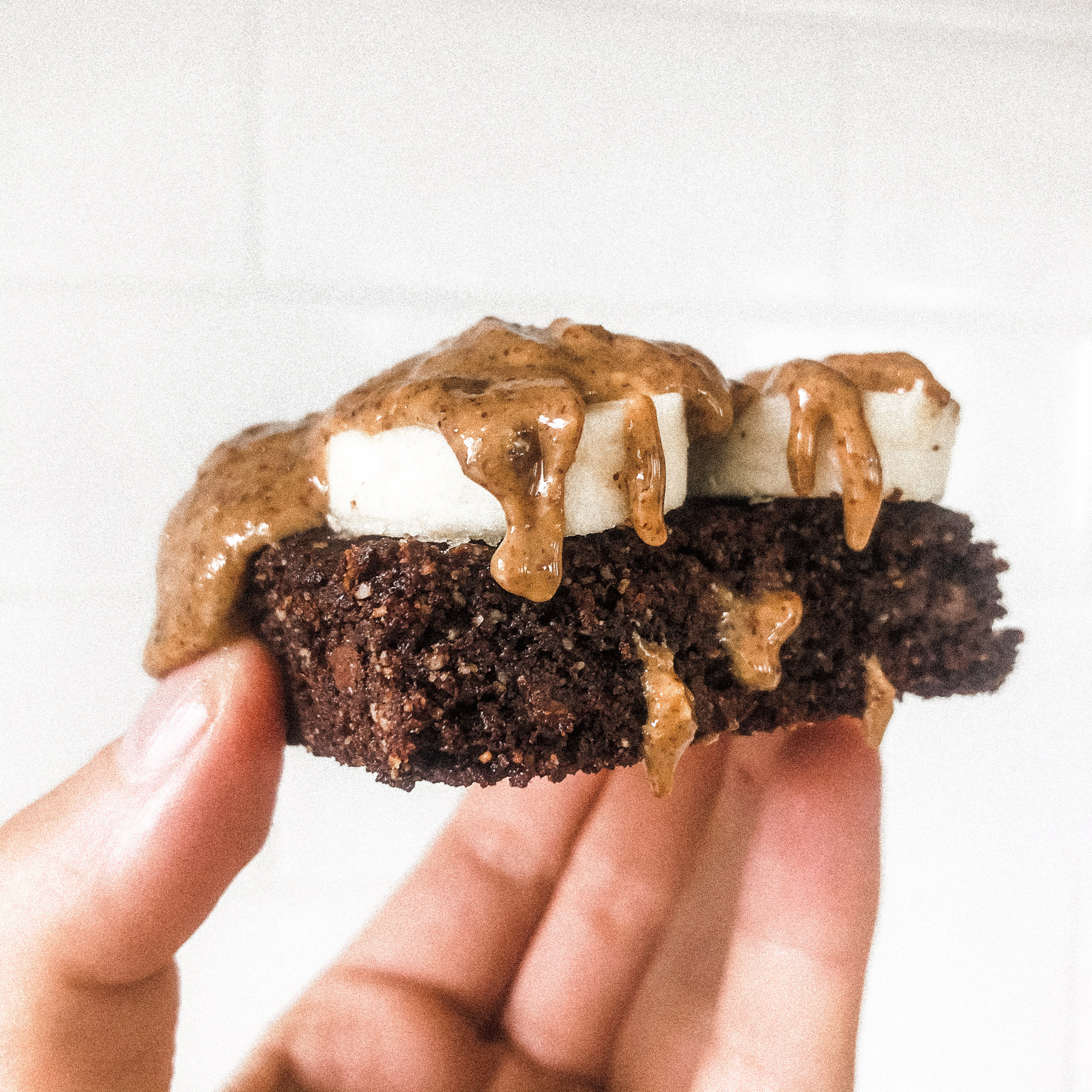Have you been on an autoimmune elimination diet for a while and wondered how to do AIP reintroductions? If so, you’re in the right place. I help women navigate reintroductions all the time through 1:1 and group nutrition coaching. Today I’m answering the most frequently asked questions I get, and I’m sharing a few tips and tricks to support you as you navigate adding foods back in.
What is AIP?
I’m guessing you already know this since you’re here. In case you ended up here without knowing what it is, the AIP is a diet designed to help reverse symptoms of autoimmunity through diet and lifestyle changes. You can read more about it in my blog post What is AIP and is it Right for You?
There are a lot of different elimination diets out there, but AIP is the one I use most frequently with clients who have autoimmune diseases like hashimoto’s, alopecia, and rheumatoid arthritis. It removes specific, potentially inflammatory foods for a period of time, and then foods are tested one at a time to see how the person’s body responds.
How do you know when you’re ready to reintroduce a food?
I get this question from a lot of people in my online Instagram community. In my practice, we ideally wait to do reintroductions until the body shows signs that it’s healing or has healed.
Signs you are ready for reintroductions will vary by what lead you to the protocol to being with, but here are a few examples of signs you may be ready:
- Your bowel movements have normalized (1-2x/day, 1 inch around, solid BMs!)
- Your autoimmune symptoms have lessened or completely subsided consistently for at least 2-3 weeks
- You no longer experience bloating & flatulence after eating
- You’re sleeping better
- No skin issues
- Less joint pain
- Hair is growing back or falling out noticeably less
How do you reintroduce a food?
- Choose which food you’re going to introduce first from phase 1 (this should NOT be a food with multiple different ingredients that had been removed.. like donuts)
- Start with half a teaspoon or less (you can add this to another food you tolerate if it’s something like a spice)
- Wait 15 minutes to see if you have any immediate reactions (see list of potential reactions below)
- If you don’t have a reaction, eat a full teaspoon and wait another 15 minutes
- If you still don’t have any reactions, bump it up to another tablespoon and wait a couple hours
- If you still don’t have reactions, eat a full serving of this food and track for the next 3-7 days to see if you have any changes in bowel movements, energy, or any other reactions (see list below)
- If you do have a reaction at any point in the process, stop and don’t include that food in your diet. Wait to start reintroductions again until your symptoms are completely gone, bowel movements are normalized, and energy is good (I usually recommend about 5-7 days just to make sure)
What do you add in first?
It is very important to only add in one new food at a time so that you can track reactions. According to Dr. Sarah Balentyne there are four phases of autoimmune reintroductions. The first phase being the least likely to have sensitivities or the most nutritionally impactful to the least likely to be tolerated or least nutritionally valuable.
In my practice, we almost always start with egg yolks because they’re nutritionally dense and open up a whole new world of food possibilities, but I let clients choose whatever food they want from the first phase and move on from there.
AIP is a relatively low mold diet. One thing I see a lot in my practice is candida overgrowth or mold sensitivity, two common root causes of autoimmunity. I’ve bolded high mold foods in red. If you find yourself reacting to all or most of them, it may be worth exploring additional root causes beyond food sensitivities.
Stage 1
Egg yolks (not the whites)
Legumes (beans with edible pods only like green beans, peas, runner beans, snow peas, sugar snap peas)
Fruit and berry based spices (allspice, star anise, caraway, cardamom pod, juniper, pepper, and sumac)
Macadamia, sesame and walnut oil
Ghee
Coffee (occasionally)
Cocoa
Stage 2:
All nuts and seeds except cashews and pistachios
Egg whites
Butter (ideally from grass-fed sources)
Alcohol in small quantities (8 oz of GF beer or hard cider, 5 oz of wine, 3oz of liquer, or 1 oz of gluten-free spirits)
Coffee (daily)
Stage 3:
Cashews and pistachios
Nightshades (in limited amounts including bell peppers, eggplant and paprika)
Coffee
Cream, heavy cream, kefir, sour cream, whipping cream and yogurt
Stage 4:
Buttermilk, cheese, cottage cheese, cream cheese, dairy-protein isolates, ice cream, whey, and whey-protein isolate
Additional nightshades (ashwagandha, cayenne peppers, cape gooseberries, garden huckleberries, goji berries, chili peppers, naranjillas, pepinos, pimentos, potatoes, tamarillos, tomatoes and tomatillos)
Gluten-free grains (corn, millet, oats, rice, teff, wild rice, amaranth, buckwheat and quinoa)
Legumes (beans & lentils)
Alcohol in higher quantities (but not excessive!)
Note: if you KNOW you’re allergic to a food, don’t reintroduce it. For instance, if you go into anaphylactic shock with almonds, an elimination diet won’t change your allergy to them.
grab this buffalo chicken dip recipe
How long does it take to have a reaction?
This really varies person to person, but I like to have folks wait anywhere from 3-7 days to see if they notice any change in symptoms. Some will have them immediately (like itchy tongue, rashes, fatigue, bloating etc.) and others will have delayed responses like constipation or sleep issues. It’s very important to track your reintroductions and symptoms diligently in a food journal.
[convertkit form=860389]
How do I know if I’m having a bad reaction to an AIP reintroduction?
This part can be tricky and it’s an area where it’s important to trust that if your body doesn’t like a food, it will tell you! If you have a reaction, don’t lose hope. It may just be an indication that you need more time to heal.
Here are the most common symptoms I see:
- Skin issues like rashes and acne
- Body aches like joint pain or muscle aches
- Headaches
- Runny nose or post nasal drip
- Sneezing
- Fatigue or afternoon slumpies
- Mood swings like depression and anxiety
- Changes in bowel movements like sudden diarrhea or constipation
- Heartburn
- Gas and bloating
- Sleep issues
- Any return in autoimmune symptoms that made my client want to start the protocol to begin with
What should I do if I’m experiencing a bad reaction to an AIP reintroduction?
If you have a reaction at any point during reintroductions, it’s best to remove that food completely. Go back to the foods you were eating when you knew you felt your very best before you start with reintroductions again.
If you continue to have a poor response to all AIP reintroductions, please partner up with someone to help you get additional testing done or explore root causes beyond food sensitivities.
PLEASE NOTE: I will sometimes find clients just pushing through to more and more reintroductions because they don’t think something like constipation is a bad enough symptom and they’re tired of eating a limited diet (totally and completely understandable). Unfortunately, they’ll find themselves a month later with even more symptoms, and feel frustrated with themselves. Remember, slow and steady wins the race. This is only temporary and you will get through it!
Okay, I’m ready.. but how do I deal with anxiety around AIP reintroductions?
A lot of times clients will get to me and have severe anxiety around reintroducing food. It makes sense considering some of them have been so sick that they weren’t able to get out of bed for several months at a time, and now their debilitating symptoms are gone. The thing is, elimination diets are not meant to last forever, and it’s important to work on doing reintroductions to diversify your food & nutrient intake. It also makes life easier when you’re not as limited!
If clients are scared of reintroductions, I recommend starting to reintroduce on a weekend when they don’t have to work. Start on Saturday and let your partner/friends/family know that you may have a reaction and you’ll need some extra support if that happens.
Most of all, try not to get too attached to the outcome. This is about observing and the way your body responds is not good or bad, it’s just offering you information. If you get really anxious about reintroducing foods that could interfere with the outcome. Take some deep breaths and work on coaching yourself through it.
Was this helpful? Have more questions? Comment on this post to let me know!
[convertkit form=773328]




+ show Comments
- Hide Comments
add a comment